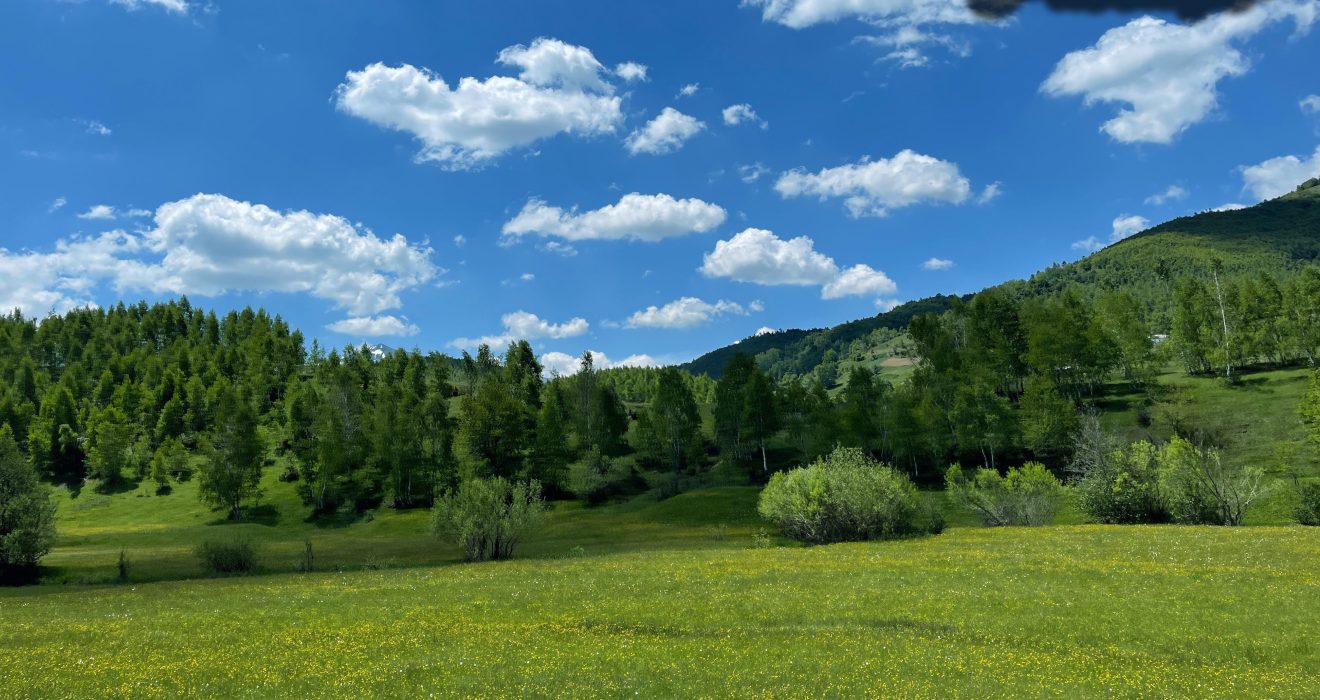Pastures in Albania constitute 26.1% of the “pasture and forestry fund” and cover one-sixth of the country’s total territory, which is approximately 448,750 hectares. These pastures are vital natural resources that are under threat from various factors.
According to recent data from Albania’s Nationally Determined Contribution (NDC) report in June 2022, pastures are among the ecosystems most severely impacted by climate change. More than 80% of pastures in the selected Green Belt segment are located on steep slopes, with over half at altitudes above 1000 meters. Over 60% of these pastures have experienced soil erosion due to factors like the invasion of alien species, increased wildfires due to prolonged droughts, and landslides caused by intense rainfall and flash floods.
Our project focuses on the challenges faced by pastures along the Eastern Albanian Green Belt. Our goal is to restore and protect these natural habitats. We aim to achieve this by incorporating sustainable practices, fostering ecological integrity, and involving local communities.
This initiative aligns with the objectives of the BESTbelt project, which includes sustainable use of biodiversity, natural resources, and ecosystem services. It also promotes environmental education, local capacity building, and enhances ecological connectivity.
Our project fills a crucial gap in the efforts made in other regions along the European Green Belt, particularly in the tripartite region of Albania, Kosovo, and North Macedonia. We are focusing on a neglected ecosystem: pastures within protected areas, particularly in the western part of Albania.
There are several factors disrupting habitat connectivity along the Green Belt. These include internal migration, which affects the interaction between grazing systems and pastures, and instabilities in pasture governance at both local and central government levels. Our research aims to uncover additional factors contributing to pasture degradation.
Since the end of communism, the impacts of changes in pasture structure, morphology, and governance mechanisms have not been thoroughly studied. Furthermore, there has been a lack of attention given to initiatives focused on rehabilitating and restoring pastures. Our project aims to address these issues and contribute to the preservation of these vital ecosystems.
*This document has been produced with the financial assistance of the European Union through the BESTbelt project. The contents of this document are the sole responsibility of REC Albania and can under no circumstances be regarded as reflecting the position of the European Union.

